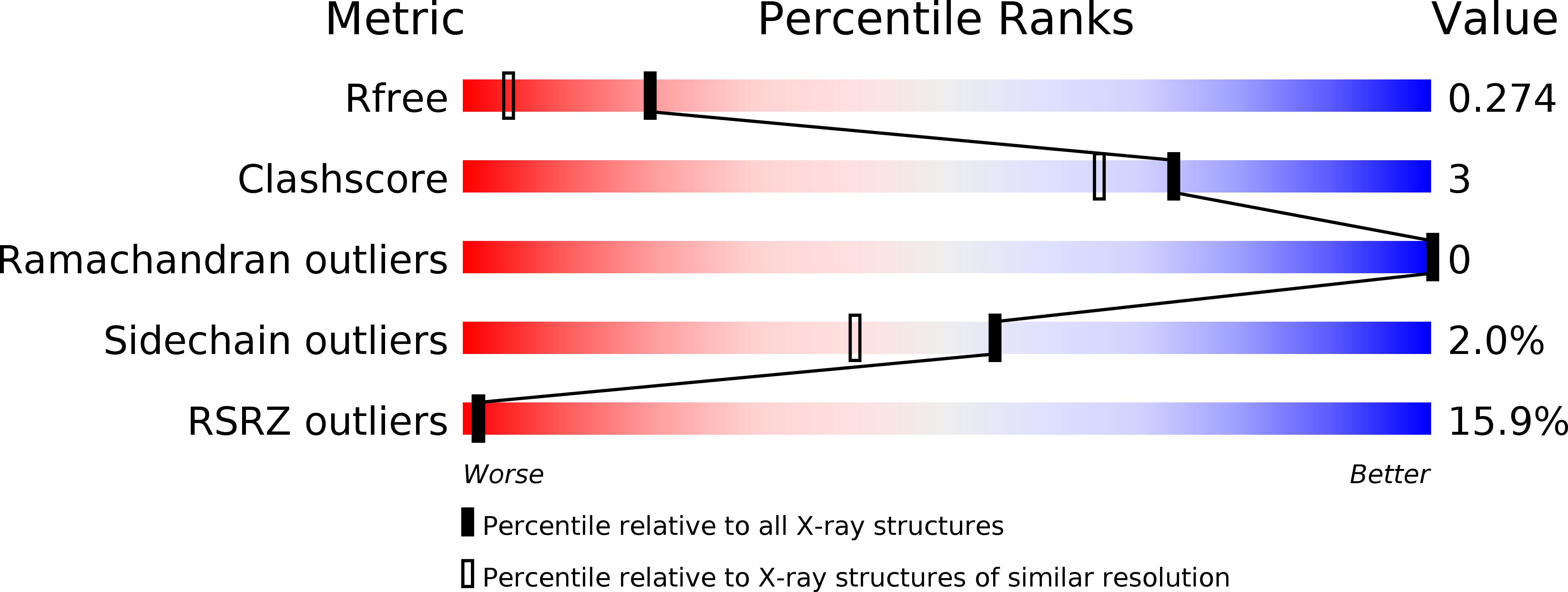
Deposition Date
2020-02-17
Release Date
2020-09-02
Last Version Date
2024-01-24
Method Details:
Experimental Method:
Resolution:
1.77 Å
R-Value Free:
0.27
R-Value Work:
0.24
R-Value Observed:
0.24
Space Group:
C 2 2 21


